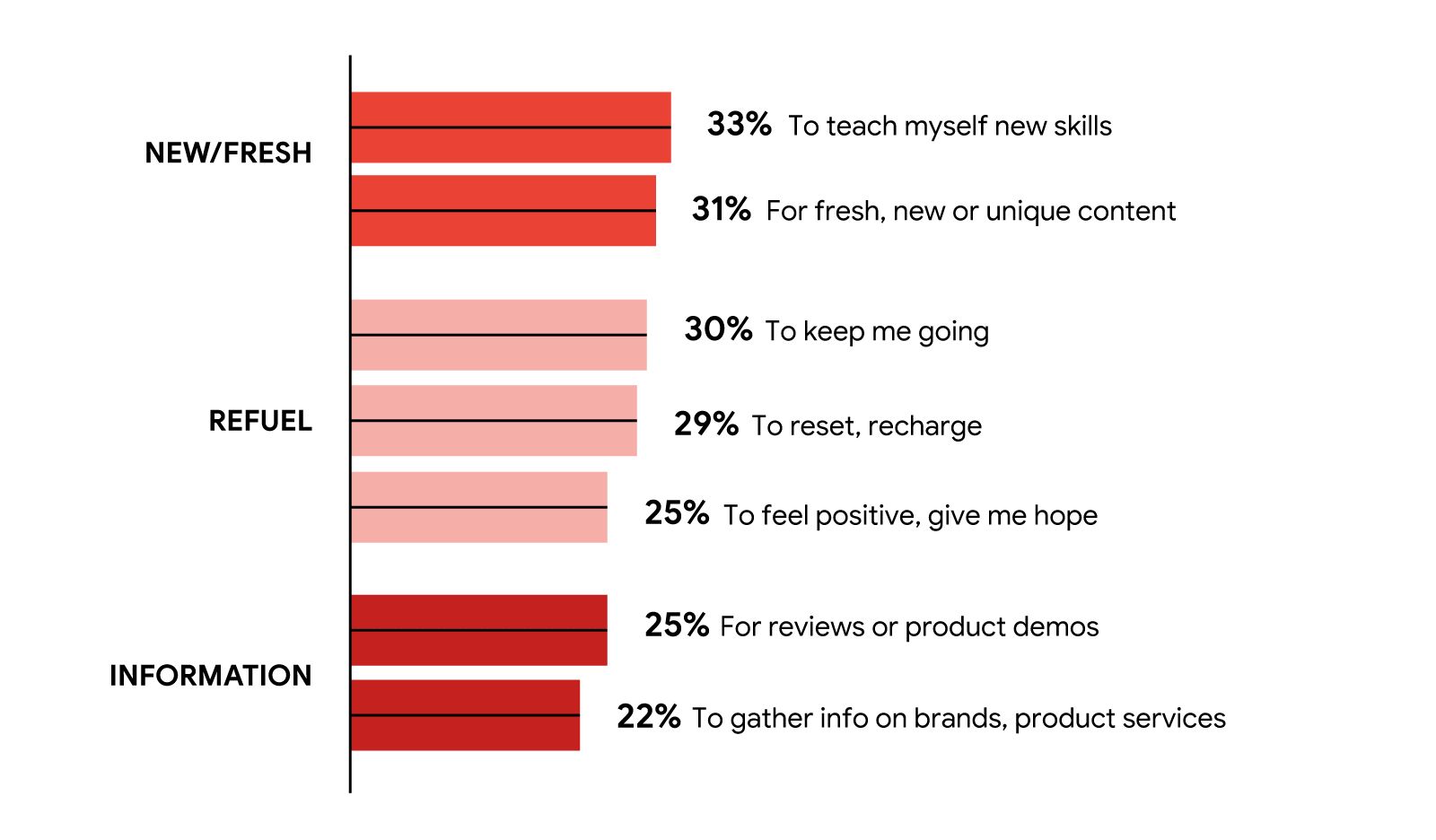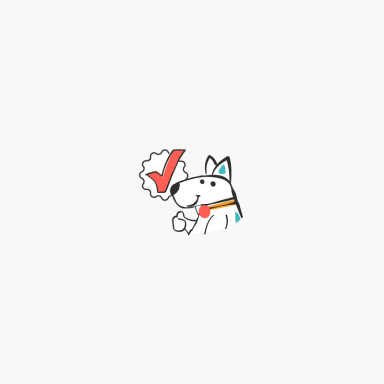Every product needs an illustration that perfectly represents its function, brand, and intended audience. But that’s not always an easy thing to create.
Whether you’re an illustrator creating a product illustration for a client or a business owner starting on your product journey – you’re going to need to dig deep and cultivate your inner artist to get this right.
- Everything You Need To Know About Product Illustration
- What Are The Main Types of Illustration?
- What Makes A Good Product Illustration Theme?
- Digital Illustrations And Graphic Design
- The Dos And Don’ts Of Product Illustration
- Finding Inspiration
- Conclusion
Everything You Need To Know About Product Illustration
In this article, we will discuss what product illustration is and why it matters, the most common illustration styles and themes, digital illustrations, and the basic do’s and don’ts of product illustration.
First, let’s talk about what product illustration is and why it matters.
What Is Product Illustration?

Product illustration is the point in product distribution when a product designer creates an illustration used to market the item. Essentially, a product illustration is an illustration that personifies the product, featuring its overall functionality and its final look.
An excellent illustration style will work for any product, from computer to automobile.
But that’s not to say that any old method can be applied to an illustration of any product. There are many high-quality methodologies and even tools to help you get started, even if you have little or no experience.
It’s best to know the proper methods so you’ll have the best chance of selling the product. Let’s start with the basics.
What Is An Illustration Style?
An illustration style is a visual style created by artists to communicate with an audience. Illustrators create artistic illustrations that show a product in different ways. This can be anything from a single image to a set of visuals.
Sometimes you might have an idea for the overall look of your product, but the actual illustrations aren’t cohesive with your brand.
So what’s the difference between coming up with an idea and coming up with an illustration?
Most likely, you won’t find the perfect illustration style without having an idea first. But once you have the picture, the process of finding the right artist can get a little easier.
Finding illustrators or illustration styles you admire is the best first step. From there, you will have a better idea of the style you prefer, and finding the right artist for your project will be easier.

Why Is It Important To Have A Specific Style?
Having a signature style for your product can make your work stand out. It’s the first thing people will see and the first thing that grabs their attention.
This will be how your audience identifies your product, and it can play a significant role in their purchase decision.
The goal is to make them say, “wow.” You’re playing a vital role in your customers’ lives and their perception of you and your product.
If you’re new to illustration or logo design, it can feel intimidating. But, give it a shot. First, read some of the best illustration styles, then use your creativity or partner up with a talented designer to make your brand stand out.
How To Find An Illustration Style
How do you go about finding this perfect illustration style?
Let’s talk about this a little.
There are many steps involved in illustration, and the first one is easy: find out what type of illustration you want to do and go for it. This will teach you a lot about the art of illustration.
You’ll probably have some questions when it comes to finding the perfect illustration style for your product. We’ll try to answer all of these questions below.
But, first, let’s take a look at the most common illustration styles.
What Are The Main Types of Illustration?
There are three main artistic categories: illustration, design, and painting.
Furthermore, illustration can be divided once more into two more categories—traditional illustrating and modern illustration.
Traditional Illustration styles include:
- Wood Cutting – This form of illustration has been around since the Middle Ages and is traditionally when cravings are made in wood to create a design. Wood cutting is still a common practice in China for block printing.
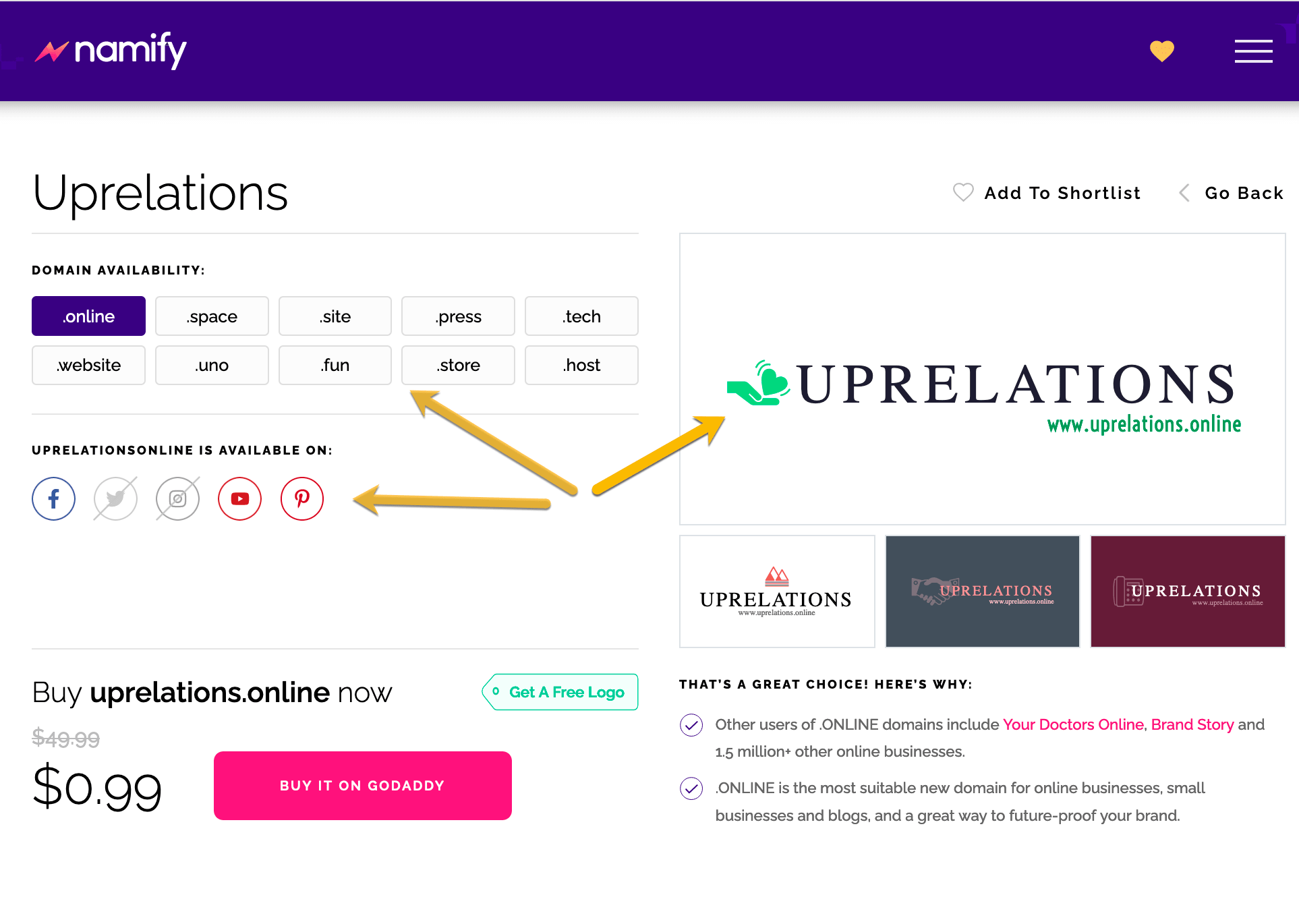
- Pencil Illustration – An artist will use a pencil to create their illustrations by varying techniques, shading effects, and line weights to create the desired image.
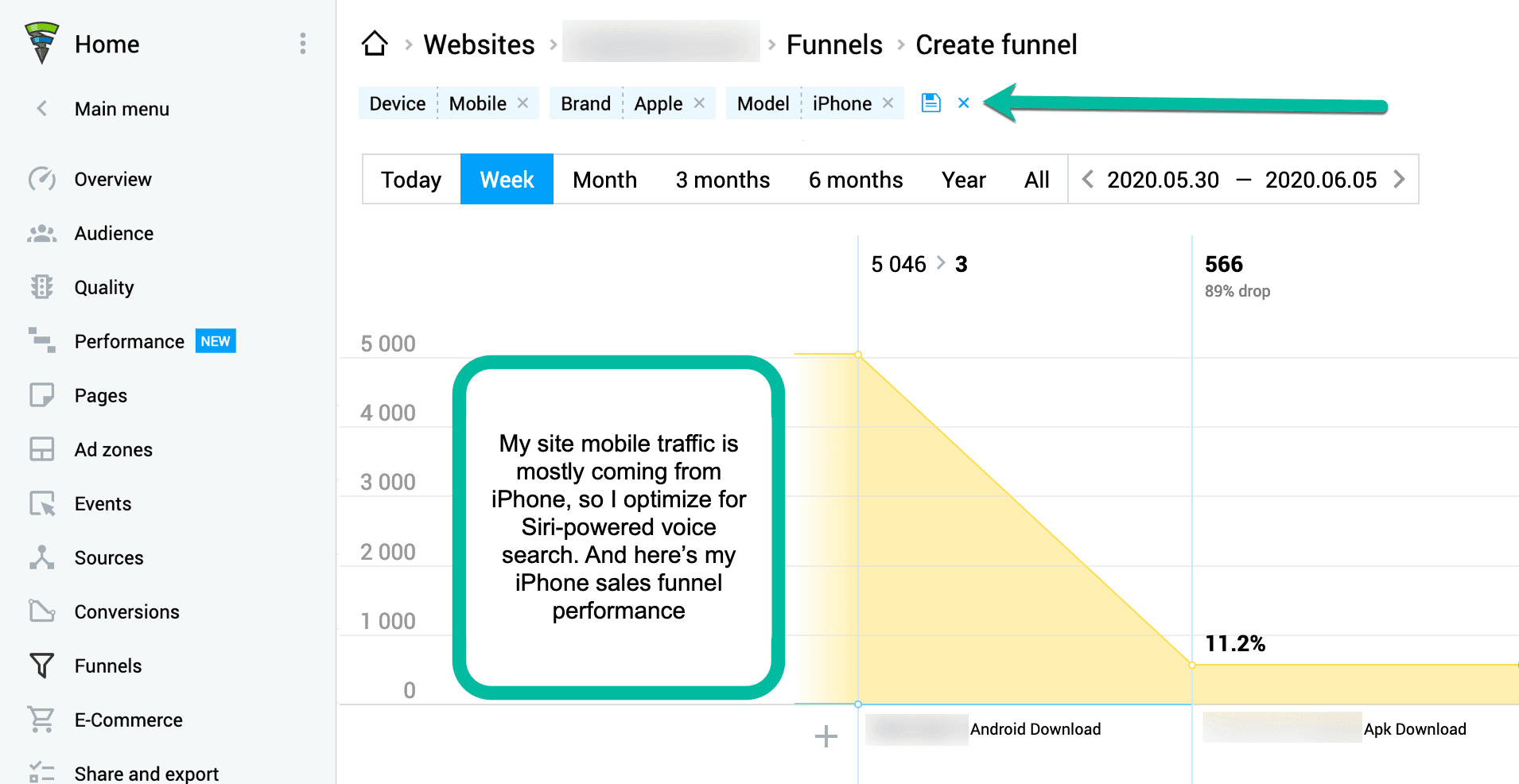
- Charcoal Illustration – This type of illustration does not appear as detailed as pencil illustration, and it is used in stories, portraits, and situations where rough construction lines must be visible.
The best thing about charcoal is that it blends well, which is why you can use it to create stunning effects and shadows. However, you may want to clear the mess with your fingers or use mixing techniques and fixatives to avoid excessive smudging.an excellent
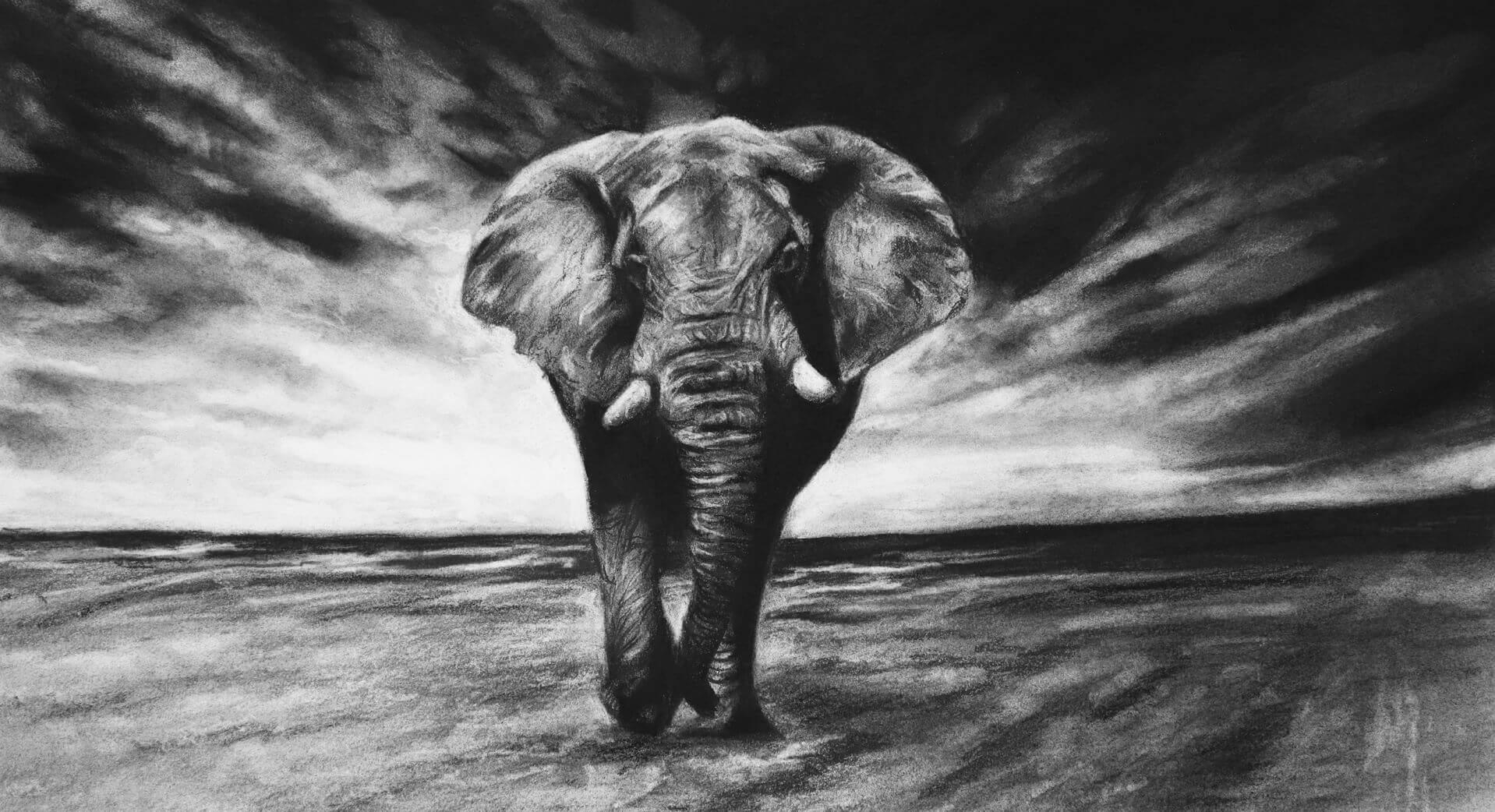
- Lithography Illustration – The styles and techniques of lithography and traditional illustration work well together. Previously, people drew on the smooth surface of a limestone plate with wax, fat, or oil. However, offset lithography is still commonly used in the illustration industry.
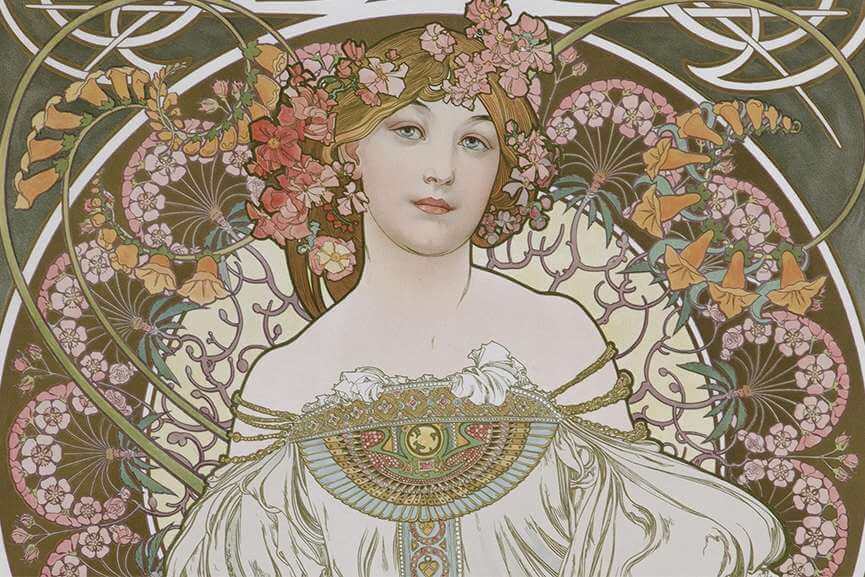
- Watercolor Illustration – Watercolor illustration’s fine quality makes it a suitable and excellent medium for telling stories. The watercolor artwork is known for its fine detail and depth. It is also common in children’s books.
Artists can make extraordinary, thought-provoking watercolor illustrations and watercolor clipart using a delicate and imaginative mix of airy and lighter shades.
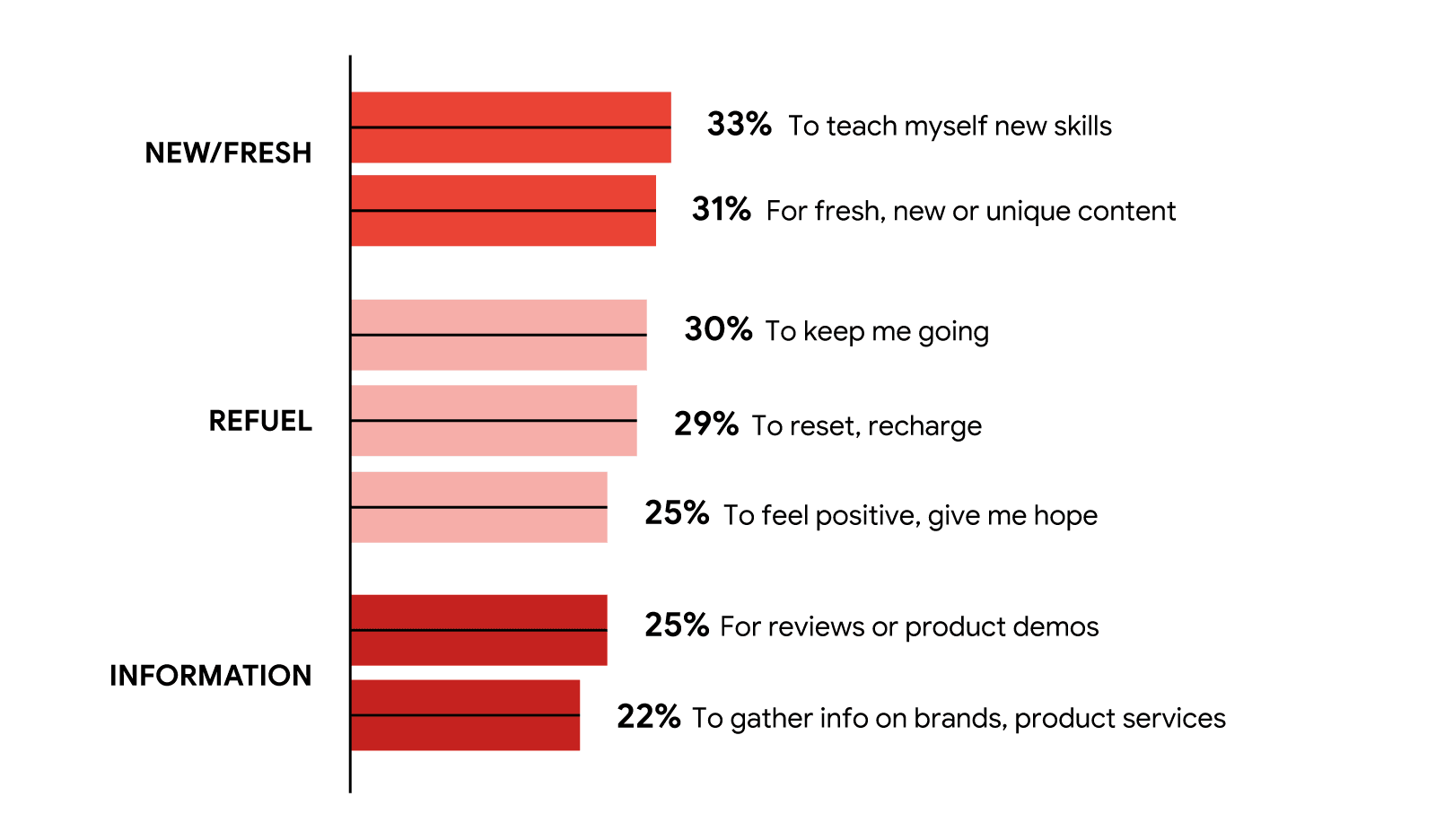
- Acrylic Illustration – This is a great style of illustration for beginners. Artists use acrylic paint to make illustrations on different surfaces, such as fabric or canvas. Acrylic paints come in a variety of finishes, and once dry, become water-resistant.
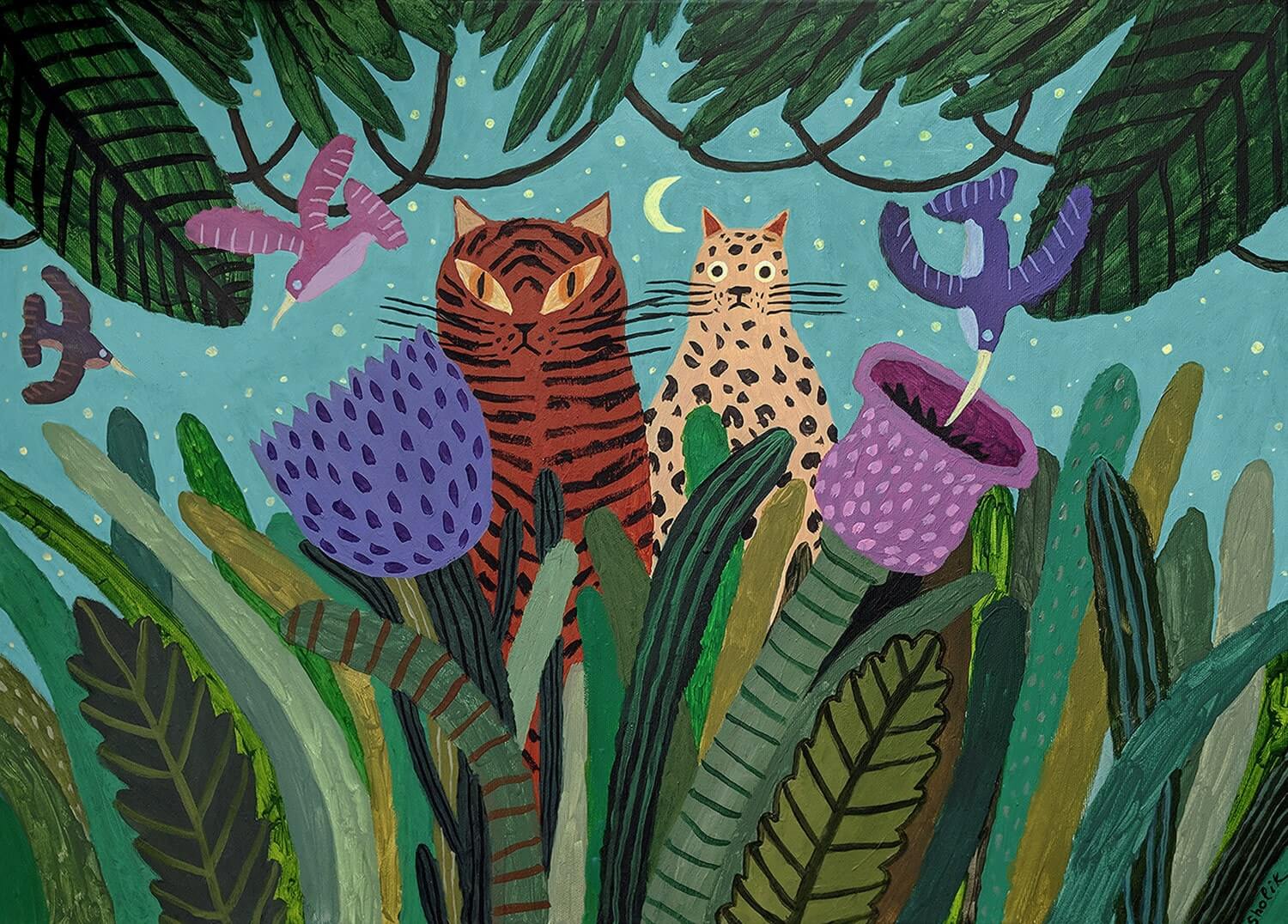
- Pen and Ink Illustration – This style of illustration is known for its detail and precision. Even though pen and ink illustration is monochromatic, a single color with varying tints on a plain surface may be used to create detailed work.
To develop technical drawings or diagrams, fine lines with different characteristics and densities are used in combination with dots.
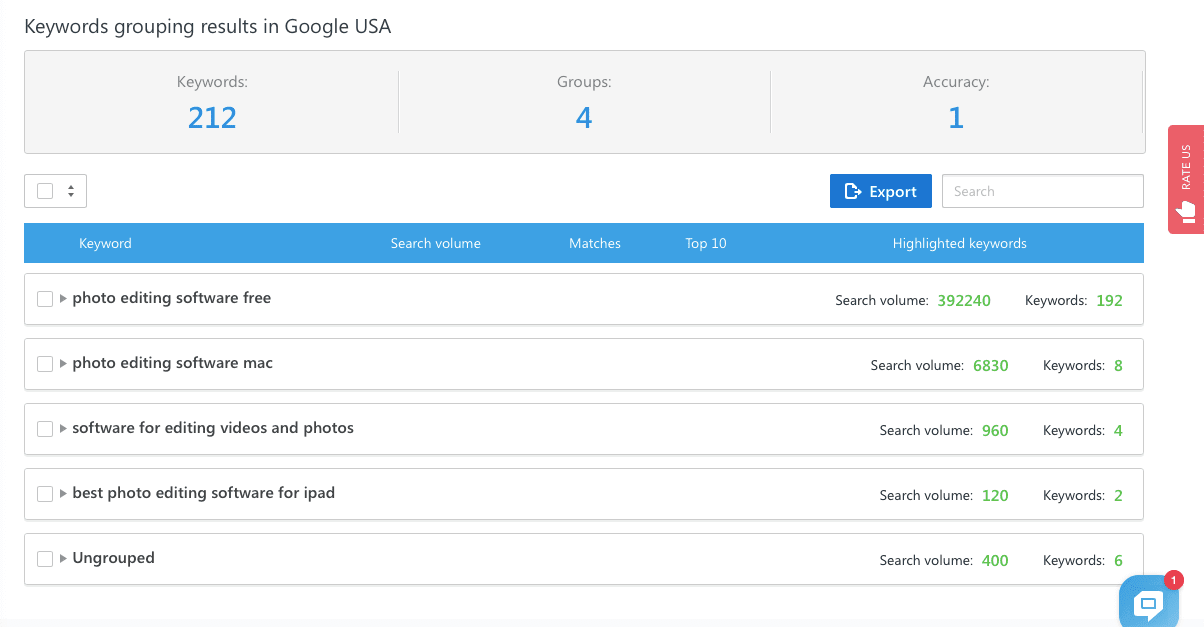
What Makes A Good Product Illustration Theme?
Is it a fantasy world? A hyper-realistic sketch? Or perhaps a street art style? Whatever you’re looking for, it’s out there. And you can find it.
Some of the most popular illustration themes include:
Anime
Wide expressive eyes characterize anime style; animated, gravity-defying hairstyles; emotive mouths that are either tiny and demure or large and evocative; and unrealistic physical proportions of body form. Males are impossibly muscly and females hyper-feminine, lithe, and doe-eyed.
Retro
Retro design mimics popular historical styles. Looking back is the literal meaning of the word “retrospective.” The style is typically focused on the 1940s and 1950s fashion, posters, poster art, and pop art. This style is graphically bold and uses bright colors to reflect fashion, lifestyle, and social settings.
Realism
Realism depicts anything that occurs in reality. Both character and real-world images can be portrayed in lifelike visuals in accurate detail. It is an expansion of photorealism where the appearance of a picture is represented.
Book Illustrations
Many illustrators help create book covers and art. This style of illustration accompanies the text and enriches it. Book art also includes artwork for various book titles. Usually, highly expressive images make the book come alive and allow for lively visualization.
Line Art
As the name indicates, this style prefers to concentrate on lines, gradients, and hues. Since it can be two or three-dimensional, it doesn’t soften the lines of the form.
Fine Art
Fine art is defined as art created for the sole purpose of aesthetic or artistic reasons (as opposed to creating art for a client brief). It is conveyed in painting, metalwork, furniture, and so on. It is an integral part of Western culture and traditions.
Fashion Illustrations
Fashion artists need to be knowledgeable about clothing and the human form. They need to know how the clothing will move before you can produce designs of fabric in art.
Fantasy Art
Fantasy art imagines incredible possibilities. The genre is strong in gaming and comics and works well in other forms of entertainment, too. Illustrations requiring a lot of world-building are created using fantasy art.
Commercial Art
Advertisers may use commercial art to promote their products and services. Concepts are developed by ad agencies, which are then presented to clients. Once the artwork is approved, it will be sent to the illustrator to produce the final graphics in various media.
Cartoons and Comics
Animated cartoon or comic books convey a story via dialogue and comic-like images. Therefore, the authors can be a writer/illustrator. A cartoon can be depicted as a single picture, while a comic will most frequently be extended into a comic book. This style is typically used in graphic novels.
Other styles of illustration include Caricature, Concept Art, Mixed Media, Pixels, and Vector Artwork.
Digital Illustrations And Graphic Design
Digital illustrators have become more popular lately. Graphic designers and digital artists can create amazing work using various illustration tools.
Modern graphic design illustration is broken into two distinct categories – Freehand Digital Illustration and Vector Illustration.
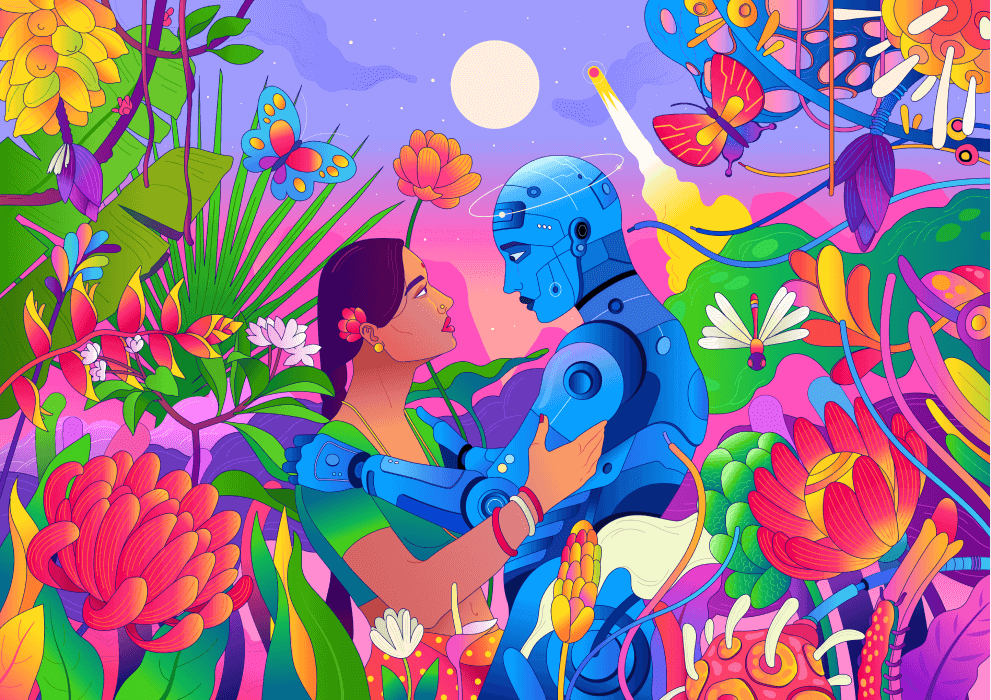
Freehand Digital Illustration
Freehand Digital Illustration is created in the same way as pen and ink illustration. Visual artists use a stylus or pen to give their imagination a form. Assign appropriate colors, brushes, and paint/tool presets to enhance the style of digital illustration.
You can correct errors and implement changes quickly using this medium, and many different effects can be achieved.
Digital illustration can be produced using a variety of tablet and stylus combinations. However, the graphical illustration will often be in raster mode, which means you can only zoom or expand it to a certain degree until it becomes blurry.
For storyboarding, animation, recreation, and other purposes, freehand digital illustration is typically used.
Vector Illustration
Vector files can be saved in PDF, EPS, or SVG. The vectors can be magnified and scaled to an extent without pixelation. Also, they are better able to define outlines. Vectoring images allows for more precise, subtle illustrations and simple logos.
Vector illustrations are preferable for print media. You can use text and/font. You can also rotate, alter, and change the images to achieve the desired results. However, vectors are rarely used for photorealistic purposes.
There’s a wealth of information about what makes up each style and how you can effectively use each one.
Whether you’re looking for the perfect illustration for your product or hoping to learn a new skill, we’ve got some basic dos and don’ts that will help you get started.
The Dos And Don’ts Of Product Illustration
Product illustration is a blank canvas, and you have the creative freedom to do whatever you want with it. This is the chance to create something epic that defines your product and personifies your brand.
Be as creative as possible, but try and stick to these basic guidelines in your design.
| Do | Don’t |
| Take the time to read up on the style you are trying to develop. | Choose a design or style just for the sake of being different; keep the style as clean and bright as possible. |
| Choose a color palette that compliments your design goals. | Create something basic, you want your design to stand out. |
| Find an illustration style for your product. | Start by being concerned about the color scheme; you should start with your design intention. |
| Establish how much you want to spend on your design. | Plagiarize work from other people. |
| Select images that work well on different devices. |
Finding Inspiration
Start by figuring out which features of your product you want to focus on and what sort of imagery or style inspires you. Of course, the easiest way to find inspiration is to examine your target market and the products or services of your competitors.
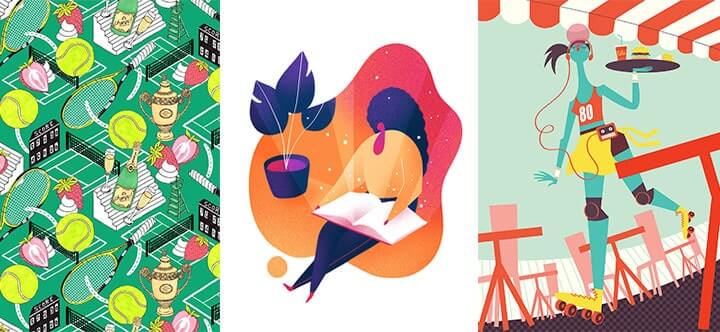
Why do you think people like your competitors’ products? What does their imagery or style look like? These are the questions to ask yourself.
Try to create a mood board or saved folder of inspiration images and concept artists that you think will fit your product.
Don’t make the mistake of identifying your “ideal” image or style only to waste time and money trying to get your graphics software to render it.
This will take way more effort than you think. There is a lot more to image creation than simply dragging and dropping graphics into the editing window, and hitting save.
If you can, find a graphic artist who you can use to explore your ideal image and design.
Conclusion
You might think that to create the perfect product illustration, you need to spend a long time to understand basic design principles and study classical art. This might be true for some, but if you’re a business owner, you might not have that much time.
Many people don’t have the time to spend hours studying basic principles of design. That’s where an illustration team comes in. Collaboration between designers, business owners, and marketing professionals is the best way to create a product illustration that will wow your audience.
Of course, as a graphic designer or business owner, you need to be ready with your marketable skills and knowledge. But, you don’t have to do this on your own! Work together, and you’ll be amazed by the finished product.
